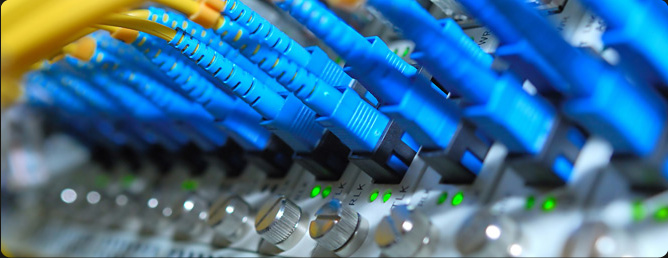The coronavirus pandemic has proven the need for affordable and fast internet service. Demand for broadband, high-speed internet has risen to new levels. The pandemic has significantly driven broadband traffic growth.
Disclosure: This is a sponsored post, we were compensated to publish this article on our website.
It’s no longer nice to have the internet, but vital. Whether you are working remotely, applying for unemployment compensation, or studying at home, internet access keeps things going. The much we rely on the internet during the pandemic shows the much we will need even after the crisis. It is evident that we have incorporated the internet as a vital element in our professional and personal lives, and it won’t change.
The covid-19 pandemic has shifted us to a point where we depend on the internet to offer us social and economic activities rather than looking for them. But with all these, millions of people still cannot afford or access quality internet service. There is an internet access problem in many parts of the globe, mostly in rural areas. Extending fast broadband to these areas has become a business privilege to responsible telephone firms. Many countries also have a problem with internet affordability. Many low-income households cannot afford broadband internet services.
Internet Availability and Affordability
As an example, according to a report released by the Federal Communications Commission on 2020 Broadband Development, over eighteen million Americans live in rural areas and have no access to broadband networks. The numbers show that it’s hard to ascertain a significant rural internet access shortfall even though numerous federal government programs work on connectivity expansion in rural areas. The federal government has given out over $22 billion to support rural broadband expansion for the past five years. But there is still a significant percentage of Americans lacking access to the quality broadband network.
Studies prove there is an effect and cause relationship between economic growth and internet access. Internet is no longer an option, and there is no way you can be part of the economy without internet access. Here are different ways to make fast broadband accessible even to low-income households.
1. Demand for High-speed Internet Service
FCC acknowledged that broadband internet service offered 25 Mbps downstream and 3 Mbps upstream years back. It was considered table stakes as it allowed few home devices to work effectively and video streaming. But as time moved on and technology advanced, there is a need to support multiple home devices, which broadband hasn’t done. This affects the internet service quality of people in rural areas who receive internet from other network providers. The federal government and companies like Swoop Broadband are looking for the best way to offer internet connectivity to unserved areas. Satellite services points and Wireless ISPs are being set in this area as alternative options to enhance connectivity. The point is to offer low-latency, high-speed, and future-proof fiber cables.
2. Pay Directly for Broadband Connectivity
One of the main reasons the FCC program has failed is the cost of operation on rural telephone companies that lack buildout broadband funding. Rural executives explain the FCC program doesn’t fully pay for their build network. But recently, after the reformation, they offered long-term funding assurances for buildout commitment. One no longer has to go through painful negotiations with rural telephone firms on how much they spend to expand their broadband outreach.
3. Everyone Counts
A typical broadband connectivity costs over $60 monthly. According to research, low-income earners with no internet access in their homes say it is costly. The United States needs to come up with a program that makes broadband access to all homes. It also needs a plan to reach out to those in rural areas.
Internet is the most persuasive and powerful platform ever to exist. It has proven to be safe for both individual workers and businesses during the coronavirus pandemic. After the crisis is gone, it will still have a vital role in our lives. For this reason, everyone, including low-income earners, needs access to fast broadband.




